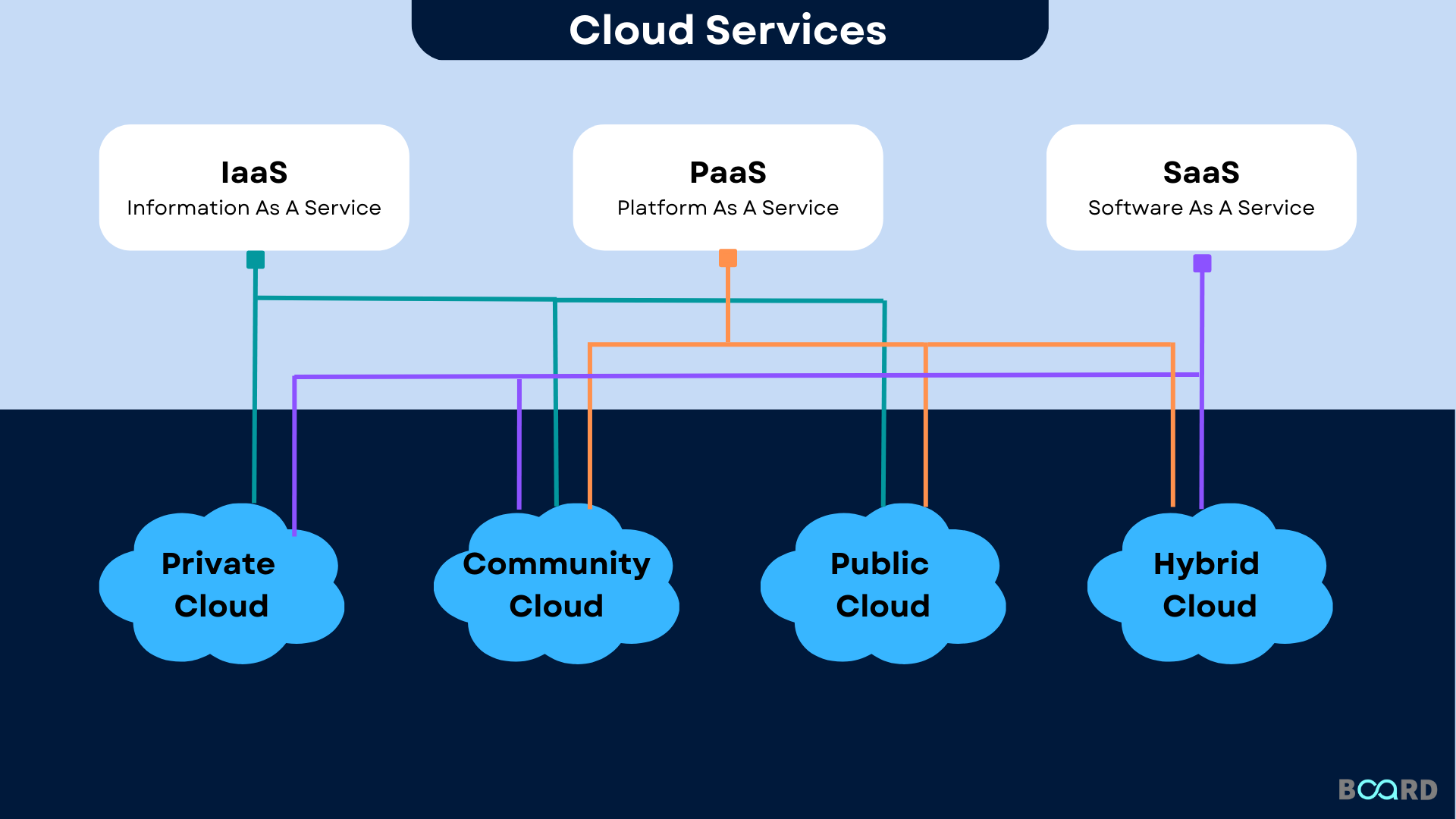Stay Upgraded with the Cloud Services Press Release: Fads and Growths
Wiki Article
Achieve Seamless Scalability With Cloud Solutions
In the ever-evolving landscape of cloud solutions, attaining smooth scalability stands as a foundation for modern-day companies looking for to remain adaptable and competitive. The mission for smooth scalability with cloud solutions introduces a world of possibilities for those ready to accept the transformative power of vibrant source administration.Benefits of Cloud Scalability
Cloud scalability supplies companies the flexibility to dynamically readjust resources based on need, making sure optimal efficiency and cost performance. In addition, cloud scalability promotes technology and testing by enabling organizations to quickly test brand-new concepts and scale them as required. Ultimately, the benefits of cloud scalability expand beyond price savings to encompass better efficiency, agility, and development.Key Features for Scaling
Reliable scaling in cloud solutions depends on vital functions that enable companies to change resources dynamically based on need. One vital function for scaling is elasticity, permitting resources to scale up or down in reaction to rising and fall workloads. This ensures that organizations can fulfill performance needs without over-provisioning sources. Another essential attribute is scalability, enabling systems to handle increased workload by adding sources seamlessly. This feature is important for accommodating development without jeopardizing efficiency. Additionally, automation plays an important function in scaling by automating the provisioning and de-provisioning of sources based upon predefined policies. Automation decreases human intervention, improves efficiency, and guarantees fast response to altering demands. Tracking and analytics devices are likewise necessary for scaling, offering understandings right into source application, efficiency metrics, and possible bottlenecks. These devices make it possible for organizations to enhance and make informed decisions source allotment for efficient scaling. On the whole, these essential functions jointly equip companies to accomplish smooth scalability in cloud solutions.Applying Auto-Scaling Strategies
To successfully enhance resource appropriation and adjust to varying work, organizations must tactically execute auto-scaling strategies in their cloud solutions infrastructure. Auto-scaling permits systems to immediately adjust the variety of compute sources based on real-time demand. There are various auto-scaling strategies that companies can use, such as anticipating scaling, which uses historic data to forecast future resource needs, and reactive scaling, which reacts to current workload changes.
Best Practices for Scalability
For companies intending to improve their scalability in cloud solutions, executing ideal practices is essential for optimal efficiency and source administration. One trick finest practice is designing applications with a microservices design. This approach breaks down applications right into smaller, independent services that can be released, updated, and scaled independently, enabling for higher adaptability and scalability.Another vital method is making use of containerization innovation, such as Docker or Kubernetes. Containers enable the packaging of applications and their reliances right into separated units, making it easier to scale components independently and deploy them consistently across different environments.
In addition, applying automated release and infrastructure as code (IaC) can streamline scalability initiatives (linkdaddy cloud services). Automation devices like Terraform or Ansible assistance in provisioning and handling resources successfully, lowering manual mistakes and enabling rapid scalability
Moreover, checking efficiency metrics, establishing informs, and performing regular capacity planning are vital methods to ensure proactive scalability administration. By sticking to these ideal practices, companies can attain seamless scalability in their cloud solutions while maximizing performance and resource application.
Monitoring Efficiency Metrics
When examining the effectiveness of cloud services scalability, carefully monitoring efficiency metrics is crucial for ensuring optimal functionality and resource allocation. By continually tracking vital performance signs (KPIs) such as reaction times, resource, latency, and throughput application, organizations can get beneficial understandings into the wellness and effectiveness of their cloud facilities. Keeping track of performance metrics permits the very early detection of prospective traffic jams or issues that could affect scalability, allowing positive measures to be taken to resolve them prior to they escalate.

Verdict
universal cloud Service Finally, accomplishing seamless scalability with cloud solutions is essential for companies to enhance performance, enhance technology, and maintain high efficiency levels during peak times. By leveraging the benefits of cloud scalability, implementing auto-scaling approaches, using essential features such as flexibility and automation, and following ideal methods like application design and efficiency monitoring, organizations can successfully scale their systems while making the most of source use and performance.The pursuit for seamless scalability with cloud services reveals a world of opportunities for those prepared to welcome the transformative power of dynamic source administration.
Cloud scalability offers organizations the flexibility to dynamically readjust resources based on need, ensuring optimal efficiency and price effectiveness. An additional key attribute is scalability, making it possible for systems to manage boosted workload by including resources effortlessly.For organizations intending to enhance their scalability in cloud solutions, executing ideal methods is important for optimum efficiency and resource monitoring.When examining the effectiveness of cloud solutions scalability, carefully checking efficiency metrics is crucial for making sure optimum functionality and resource allowance.
Report this wiki page